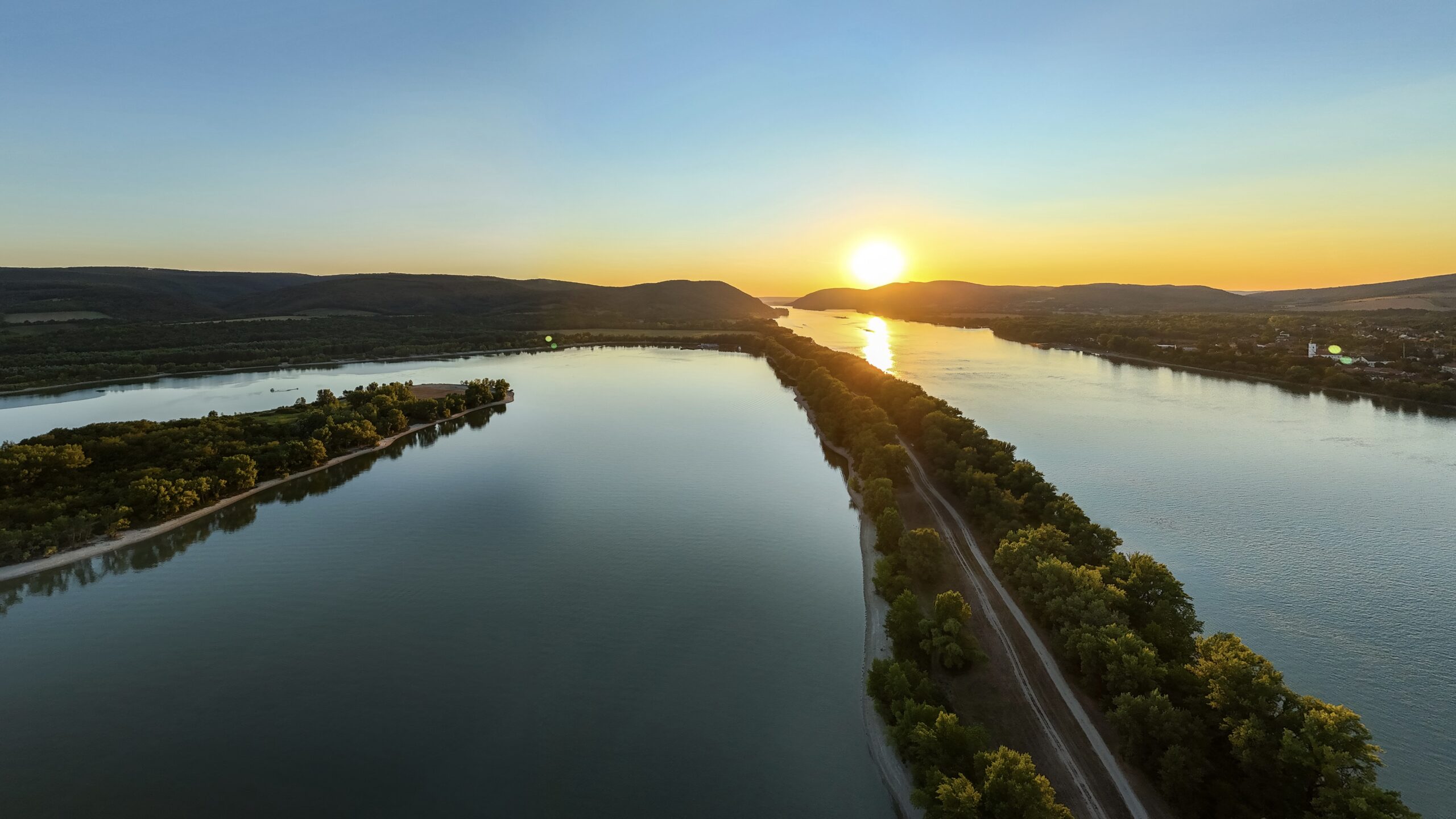In the latest episode of Blue Planet, former Hungarian President János Áder and evolutionary biologist László Garamszegi emphasized that protecting native species and preserving biodiversity are crucial tools in the fight against invasive species. The episode explored how environmental resilience can be enhanced through proactive ecological protection.
Director of the HUN-REN Centre for Ecological Research Garamszegi warned that over the past century, at least 100 non-native species have been introduced into the Carpathian Basin, with many more likely going undetected. ‘This is just the tip of the iceberg,’ he noted.
Áder pointed to ragweed as perhaps the most well-known invasive plant in Hungary—originally arriving via grain shipments—which now covers an area equivalent to two average-sized counties. Its aggressive growth deprives crops of vital nutrients.
Most invasive species, Garamszegi explained, are introduced through human activity, including global trade, tourism, and climate change. Examples include nutria bred for fur that escaped into the wild, harlequin ladybirds brought in to combat aphids, and the economically motivated spread of species like the dwarf catfish and the invasive round goby, which now threatens native fish populations.
Invázió! Van esélyünk megállítani a kórokozókat?
100 év, 100 új faj. Száz inváziós faj érkezett az elmúlt évszázadban Magyarországra. Növények és állatok is tartoznak ebbe a körbe. Előbbi egyik legismertebb „képviselője” a parlagfű, amely rengeteg ember életét nehezíti meg ebben az időszakban, míg utóbbi csoportba a poloska, a harlekin katica vagy a spanyol meztelen csiga tartozik.
Garamszegi stressed that an alien species only becomes invasive when it finds favourable conditions to reproduce and begins to alter ecosystems. While it is nearly impossible to prevent their arrival entirely, their spread can be delayed, and their impact mitigated through proper monitoring and control.
He emphasized the importance of tracking how species arrive and monitoring their spread phases. This helps determine whether eradication is still possible, whether population control is feasible, or whether only damage mitigation remains.
Preparedness, including international collaboration and public involvement, is key. Garamszegi noted that researchers increasingly use social platforms and apps to analyze user-submitted photos of unfamiliar plants or animals, aiding early detection efforts.
The podcast also touched on diseases brought in by invasive pathogens, such as foot-and-mouth disease or malaria. The emergence of bluetongue disease in Western Austria was cited as a current threat that Hungary must prepare for.
Crucially, Garamszegi argued that in degraded environments, invasive species spread more easily, while thriving native ecosystems are better equipped to resist them. Therefore, habitat protection and ecosystem health must be priorities.
The responsibility, he said, extends to individuals as well: unintentionally supporting invasive species—by providing them with space or releasing them into nature—can have long-lasting ecological consequences.
Áder concluded with a stark reminder: ‘We can’t just exploit our environment—we must safeguard its health. If we destroy nature, in the long term, we destroy ourselves.’
Related articles:







